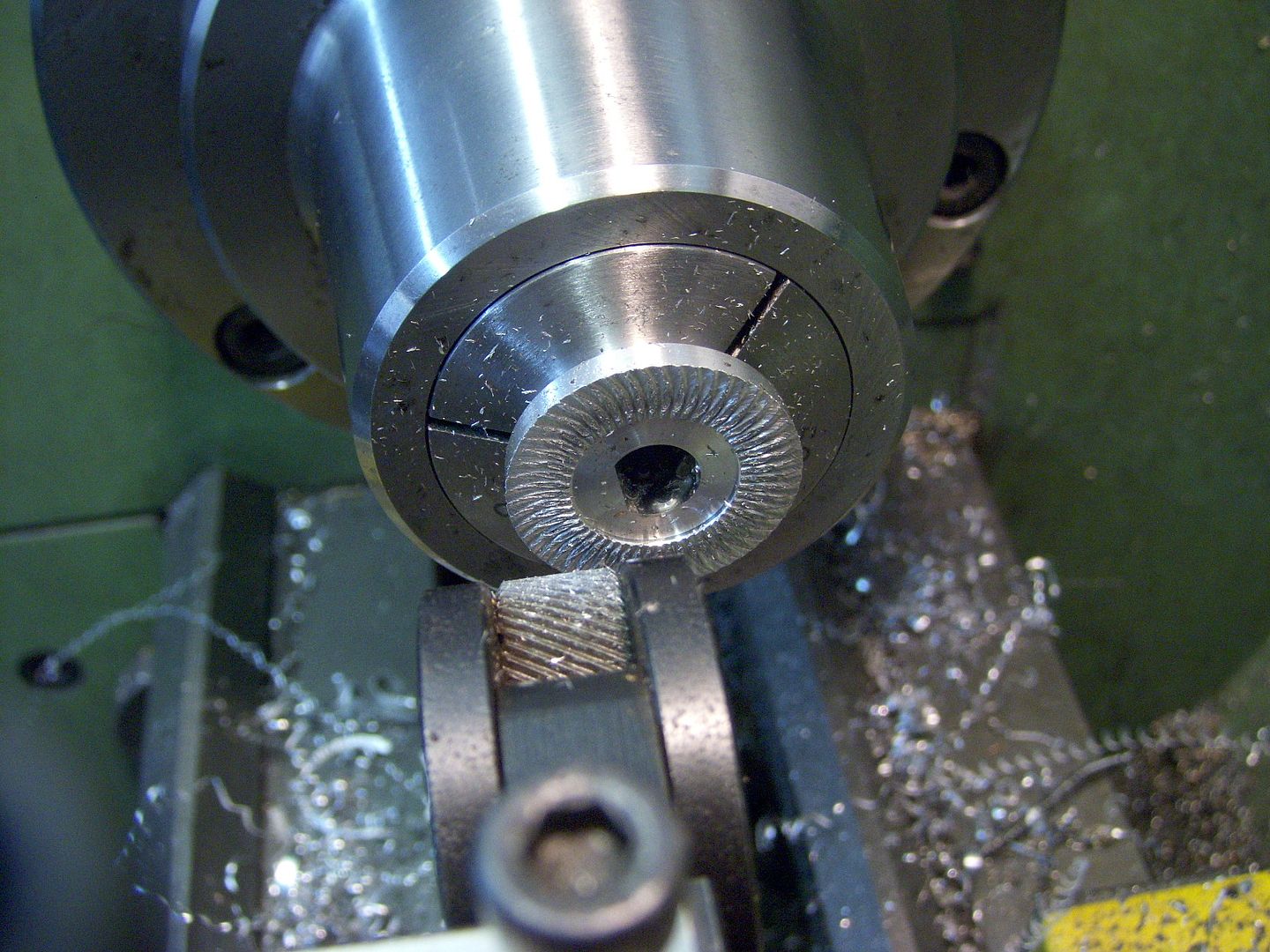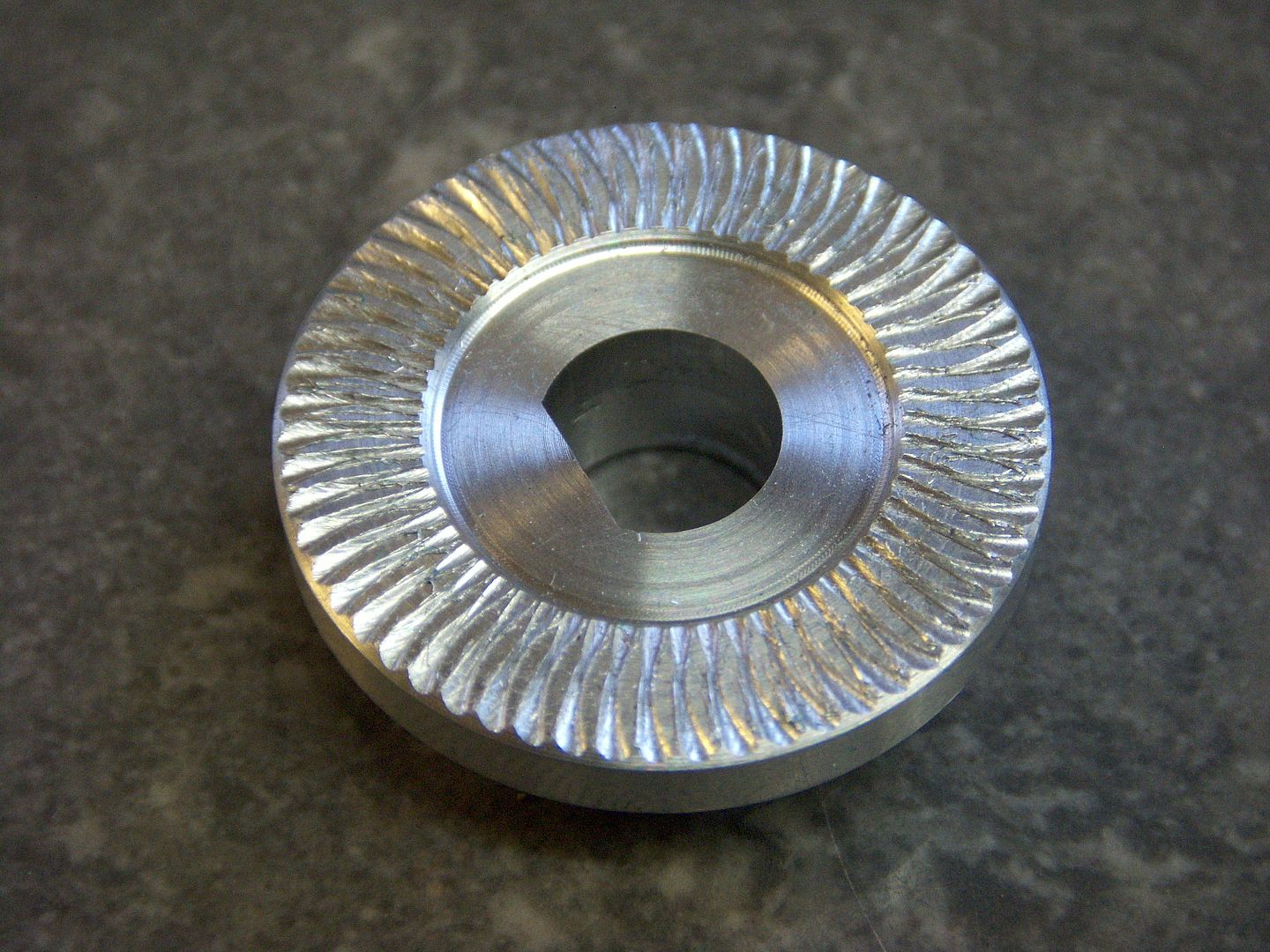Posted by jon hill 3 on 12/04/2021 11:40:50:
As oily Rag has mentioned about the dangers of stainless in high stress applications such as motorcycle wheel nuts can anyone give me some data…..
I dont doubt what people tell me but I like to see the data and context, also it seems to me to be a sweeping generalisation to lump all stainless steels as dangerous for such uses as motorbike wheel nuts.
I too dislike sweeping generalisations! Hard to avoid because few Model Engineers have a professional background in materials science, or the time and interest needed to tackle the subject in any depth. Thus we bundle vague ideas about entire families of alloys together, and often as not it's good enough to understand the broad differences between 'steel', 'aluminium', and 'brass', even though these all have wildly varying properties, good and bad! We're happy as long as metal machines reasonably well and doesn't break. Ignorance is bliss!
Fortunately, engineering for strength and reliability isn't often required in Model Engineering. As not much of my work is safety critical it doesn't matter my approach to metals is naive. I like Aluminium alloys because they are cheap, Brass because it it machines well, and mild-steel because it's strong and hard enough for what I need. I use what I have rather than buy in the most appropriate material for the job. My workshop choices are pretty brainless!
Slapdash methods aren't smart when the engineering has to be safe. Brakes, lifting gear, motorbike axles, wheel fixings, engine mounts, and anything where people get hurt if it fails need proper attention. To keep life simple there is a lot of general guidance around, such as building codes and type approvals, that tell constructors what to avoid, without going into detail. Behind the scenes, appropriately qualified engineers do the design, including selecting the suitable materials. Constructors can then apply their skills without needing to understand a mass of complicated design detail. It's iffy for constructors to modify or re-apply a design on the assumption they understand it! Might be OK, might not. Design decisions based purely on experience could be guesswork rather than understanding.
So as soon as someone might get hurt if a home-made part fails, it's necessary to look things up. Assume nothing. Read specifications, do the sums, and apply risk analysis. It's a thinking job. Bear in mind that the part might have to pass an amateur test such as magnetism; testing for stainless steel with a magnet is crude, and it might allow a mechanically unsuitable stainless through, whilst denying a well-chosen stainless because it happens to break the rules. Not daft, because the chap with the magnet is following a general guidance with a good chance of detecting a dud material with a simple test. Point is designs have to satisfy all the requirements, not just survive a short test drive.
If I wanted to make a wheel nut out of stainless, I'd start with the specification of the original and ensure the substitute was at least as strong. Where it gets complicated is the need to account for subtleties like work-hardening, fatigue cracking, and temperature sensitivity. This is why thousands of different steels are available, and several hundred different varieties of stainless, each designed to excel at a particular job. I'd also worry about why the original was drop forged with rolled threads – both methods are stronger than machining from stock.
WW2 Liberty Ships are an example of getting it wrong. A number, all virtually brand-new, fell apart at sea and in harbour.

Two reasons were identified. One was cutting cargo hatches with stress-raising sharp corners, the other was building the ships with a mild-steed steel alloy that becomes brittle below freezing point. The steel was fine for most stormy Atlantic crossings, but not for ships routed far North in some of the coldest winters ever recorded…
Using the correct materials and processes is about reducing risk. Replacing a motorbike wheel nut with a third-rate substitute doesn't guarantee failure: in practice, there's a good chance will last a long time – forever on a display bike. Doesn't mean the repair is acceptable. Foolish to put the same nut on a performance bike ridden aggressively over rough roads for hours on end.
Dave
Edited By SillyOldDuffer on 12/04/2021 14:39:30
Hopper.








